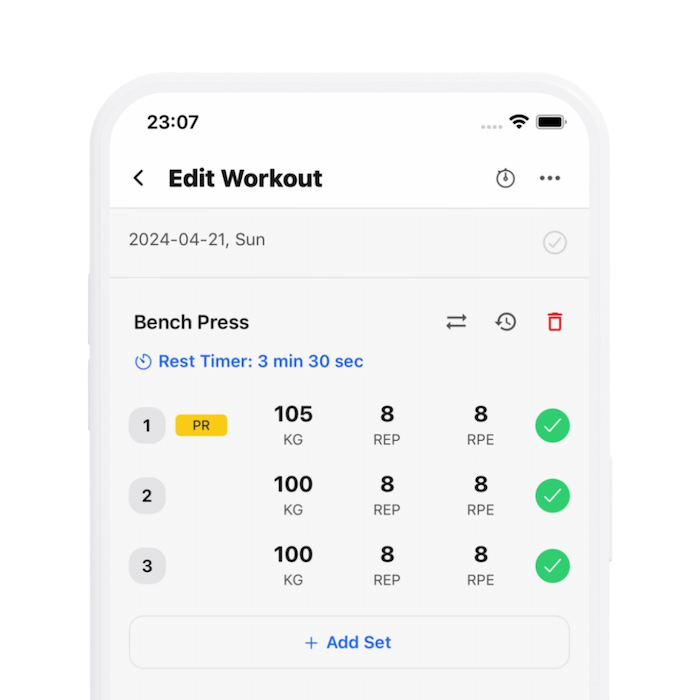30 Seconds SummaryMost metabolic rate prediction equations are bad when weight is stable, and worse when it isn’t
- Many online calorie calculators use validated equations to predict resting metabolic rates based on factors like age, sex, and body fat percentage, but they often inaccurately estimate total daily energy expenditure by neglecting variable factors such as individual physical activity.
- Fat-free mass is the most reliable predictor of energy expenditure, yet total daily energy expenditure can vary significantly even among individuals with similar amounts of fat-free mass.
- Greg simulated a scenario with 3,000 subjects to demonstrate the typical errors in these calculations, finding that less than half of the estimated values for total daily energy expenditure were within 250kcal/day of the actual values.
- Metabolic rates can change significantly with weight loss or gain, complicating the prediction of energy expenditure during periods of bulking (intentional weight gain) or cutting (weight loss), as metabolic adaptation occurs.
- A study on resistance-trained males undergoing a hypercaloric diet and exercise program showed that common predictive equations consistently underestimated the increase in resting metabolic rates post-intervention.
- None of the predictive equations used in the study were able to closely estimate the observed increases in resting metabolic rate following a bulking intervention.
- The article suggests using empirical, individualized observations of daily body weight and energy intake to adjust calorie targets for weight loss, gain, or maintenance, rather than relying solely on predictive equations.
- The Cunningham equation (1980) is recommended for estimating calorie needs from resting metabolic rate to total daily energy expenditure, with adjustments based on actual intake and weight changes.
Stronger By Science
Eric Trexler
